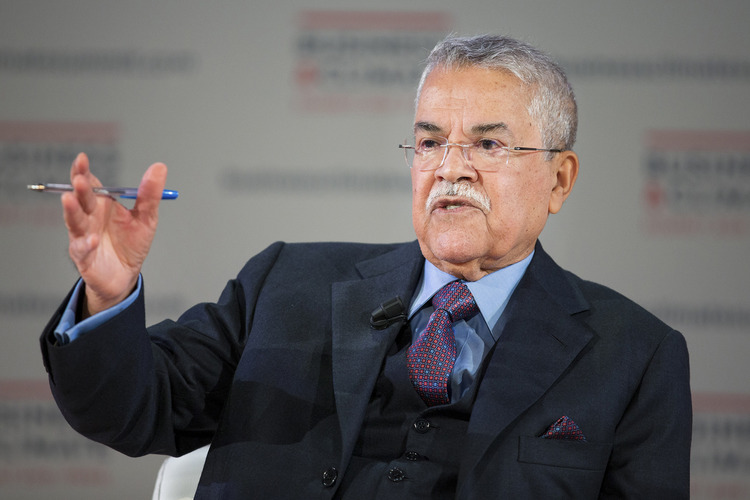Oil demand will soon reflect the “attractiveness” of the current level of crude prices, and Asia will be a vital engine of economic expansion for decades, Saudi Oil Minister Ali al-Naimi said. OPEC’s chief joined him in seeing Asia as the main hub for growth.
Oil demand in Asia will rise by about 16 million barrels a day to almost 46 million by 2040, Abdalla Salem El-Badri, secretary-general of the Organization of Petroleum Exporting Countries, said in an article posted on the International Energy Forum’s website. The region will need to import 40 million barrels a day of crude oil and refined products by then, he said.
Many Asian countries welcome the recent decline in oil, and demand “will soon reflect the attractiveness of the current prices,” al-Naimi said in an a separate article posted on the IEF’s website. “That said, it is not high prices or low prices that we want –- and by ‘we’ I mean producers and consumers -– it’s stability of prices.” al-Naimi said. The Riyadh-based IEF’s members, including the U.S. and China, account for more than 90 percent of global supply and consumption of oil and gas.
SALES CONTEST
Saudi Arabia and other members of OPEC face greater competition for crude sales in Asia as Russia and producers in Latin America and Africa send more cargoes to the region. Crude has slumped more than 40 percent in the past year amid speculation that oversupply will persist as OPEC continues to pump above its collective target in an effort to force high-cost producers, including some U.S. shale companies, to curb output. OPEC supplies about 40 percent of the world’s oil, and Saudi Arabia is its biggest producer.
Brent crude, a global pricing benchmark, fell 1.2 percent on Friday to $47.42 a barrel on the London-based ICE Futures Europe exchange. Prices slid 3.4 percent last week.
“The global economy has been buffeted over the past few years and major adjustments are taking place,” said al-Naimi, who sees further growth ahead. “Urbanization continues, populations are expanding, prosperity is increasing, as is social mobility,” he said. “All of this requires energy to power it and, in my view, this equates to oil demand growth. Key to this is the role of Asia.”
‘VITAL’ ROLE
The region is “a vital engine of growth for the world economy and I have no doubt it will continue in this role throughout this century,” al-Naimi said. “Asia will -– and should -– assume a greater influence in global energy affairs.”
El-Badri, the OPEC chief, said Asian oil use has increased by more than 40 percent to 30 million barrels a day since 2000, while consumption in Europe and the Americas fell over the same period. “Asia will remain the main hub for oil demand growth,” he said. “Putting this into some perspective, the demand increase in Asia by 2040 is projected to be more than double the increase in all other growing regions combined.”
Russia sees the Asia-Pacific region driving energy consumption in the “medium term,” even with China’s economy growing more slowly, Russian Energy Minister Alexander Novak said in an article on the IEF’s website. His country plans to more than double oil exports to Asia-Pacific buyers by 2035, Novak said, without specifying volumes.
Russia is also seeking to boost natural gas exports to Asia, targeting shipments of 128 billion cubic meters by 2035 from 14 billion cubic meters in 2014, he said. Russia’s Eastern Gas Program calls for four large gas production centers and construction of pipelines toward China, according to Novak.

